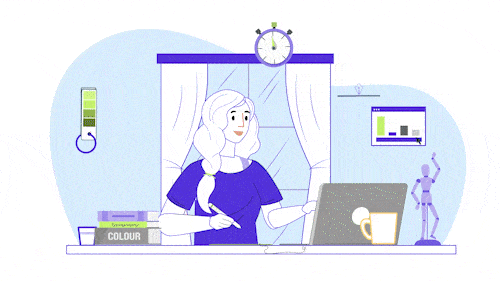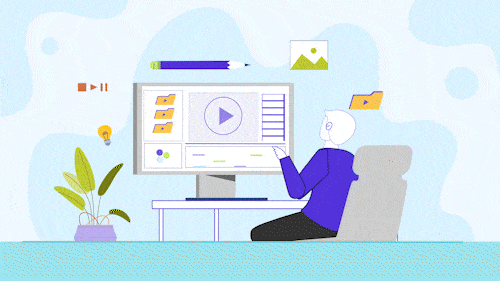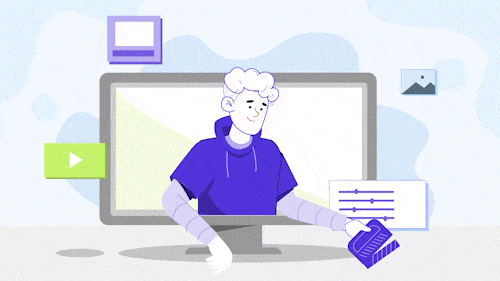Animation is a captivating art form that has the power to bring characters and stories to life. From the classic hand-drawn animations of Disney to the cutting-edge CGI of Pixar, the process of creating animation is a fascinating blend of creativity, technology, and storytelling. In this blog post, we’ll take you behind the scenes to explore the step-by-step process of how animation is made.
Step 1: The Idea Phase
Every animation starts with an idea. This could be a simple concept or a detailed storyline, but the key is to have a clear vision of what you want to create. Animators often begin by sketching out their ideas, creating storyboards, and developing the characters and setting for the animation.
Step 2: Storyboarding
Storyboarding is a crucial step in the animation process. It involves creating a sequence of drawings that outline the key scenes and actions in the animation. Storyboards help animators visualize the flow of the animation and make changes before the final animation is created.
Step 3: Animatics
Animatics are a rough version of the animation that includes the storyboard drawings along with temporary voiceovers, sound effects, and music. Animatics help animators get a sense of the timing and pacing of the animation before they start the final production.
Step 4: Animation
Once the storyboards and animatics are approved, animators begin the process of creating the final animation. This can involve traditional hand-drawn animation, 2D digital animation, or 3D computer animation, depending on the style of the animation.
Step 5: Adding Sound
Sound is a crucial element in animation that is often overlooked. Sound effects, music, and voiceovers help bring the animation to life and create a more immersive experience for the audience.
Step 6: Editing and Final Touches
Once the animation is complete, it goes through a process of editing and final touches. This can involve cleaning up the animation, adding visual effects, and making any final adjustments to ensure that the animation is polished and ready for viewing.
Step 7: Distribution
The final step in the animation process is distribution. This involves sharing the animation with the intended audience, whether it’s through television, film, or online platforms. Animators may also promote their work through social media, film festivals, and other channels to reach a wider audience.
Here’s our Demo for Healthcare:
In conclusion, animation is a complex and fascinating art form that requires a combination of creativity, technology, and skill. By understanding the process of how animation is made, you can gain a deeper appreciation for the artistry and craftsmanship that goes into creating animated films and TV shows.
Ready to dive into the world of animation? Visit our website to discover more behind-the-scenes secrets and unleash your creativity!




Comments are closed